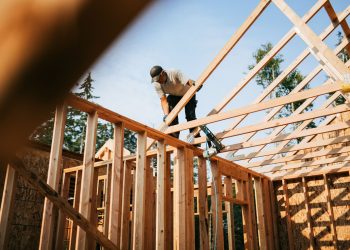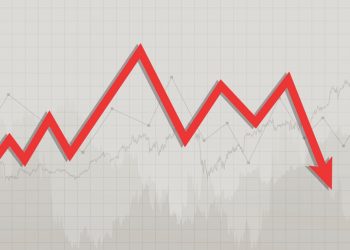With millennial renters slow to transition, the homeownership rate is stalling at 64 percent, hovering just under the long-term trend.
In the first quarter of 2019, the homeownership rate sank to 64.2 percent, according to Census reporting, declining from 64.8 percent the previous quarter. The homeownership rate was in 64 percent territory throughout 2018, and has not hit 65 percent in six years.
At a glance:
Q1 2019 – 64.2 percent
Q4 2018 – 64.8 percent
Q3 2018 – 64.4 percent
Q2 2018 – 64.3 percent
Q1 2018 – 64.2 percent
While homeownership outpaces renting, there was a blip in the first quarter of more new renters, the Census data indicates. The formation of homeowner households remains solid, as well. In the first quarter of 2019, the homeowner vacancy was 1.4 percent, while the rate of rental vacancies was 7 percent—the latter unchanged year-over-year.
Additionally, homeownership among millennials spiraled to 35.4 percent, down from 36.5 percent the prior quarter. The highest homeownership rate was in the oldest segment, aged 65 and up, at 78.5 percent. For aged 35-44 households, the homeownership rate was 60.3 percent, and for aged 55-64 households, the homeownership rate was 75.4 percent.
Even with lower mortgage rates on their side, millennials are contending with cost hurdles, says Skylar Olsen, director of Economic Research at Zillow.
“The quarterly decline in homeownership is shared across all ages, but is most disappointing for those in the under 35 and 35- to 44-year-old age brackets—the two groups driving the homeownership rate gains over the last few years,” Olsen said in a statement. “Anemic homeownership rate growth among younger buyers signals the difficulties many of those buyers continue to face in securing a down payment, finding a home in their budget or qualifying for a loan.”
According to Ralph McLaughlin, deputy chief economist and executive of Research and Insights at CoreLogic, despite the barriers and rate setback, the housing market has a strong underpinning.
“While short-run indicators may leave some turning toward a bearish outlook on the U.S. market, the fundamentals look solid,” says McLaughlin. “Household growth is strong, young people are starting to buy homes and there will be more than 40 million new households under 30 over the next two decades.
“If these trends don’t turn you into a housing market bull, nothing will.”
 Suzanne De Vita is RISMedia’s online news editor. Email her your real estate news ideas at sdevita@rismedia.com.
Suzanne De Vita is RISMedia’s online news editor. Email her your real estate news ideas at sdevita@rismedia.com.









